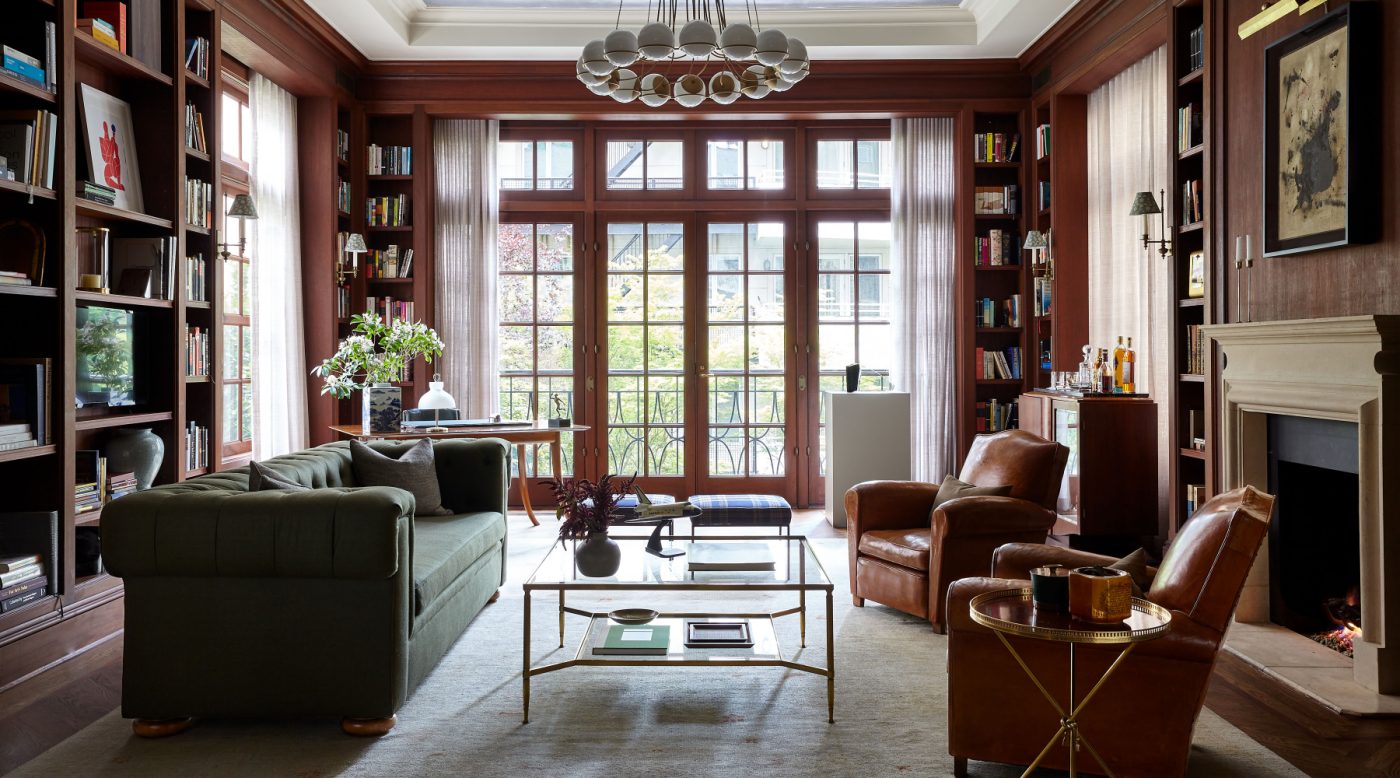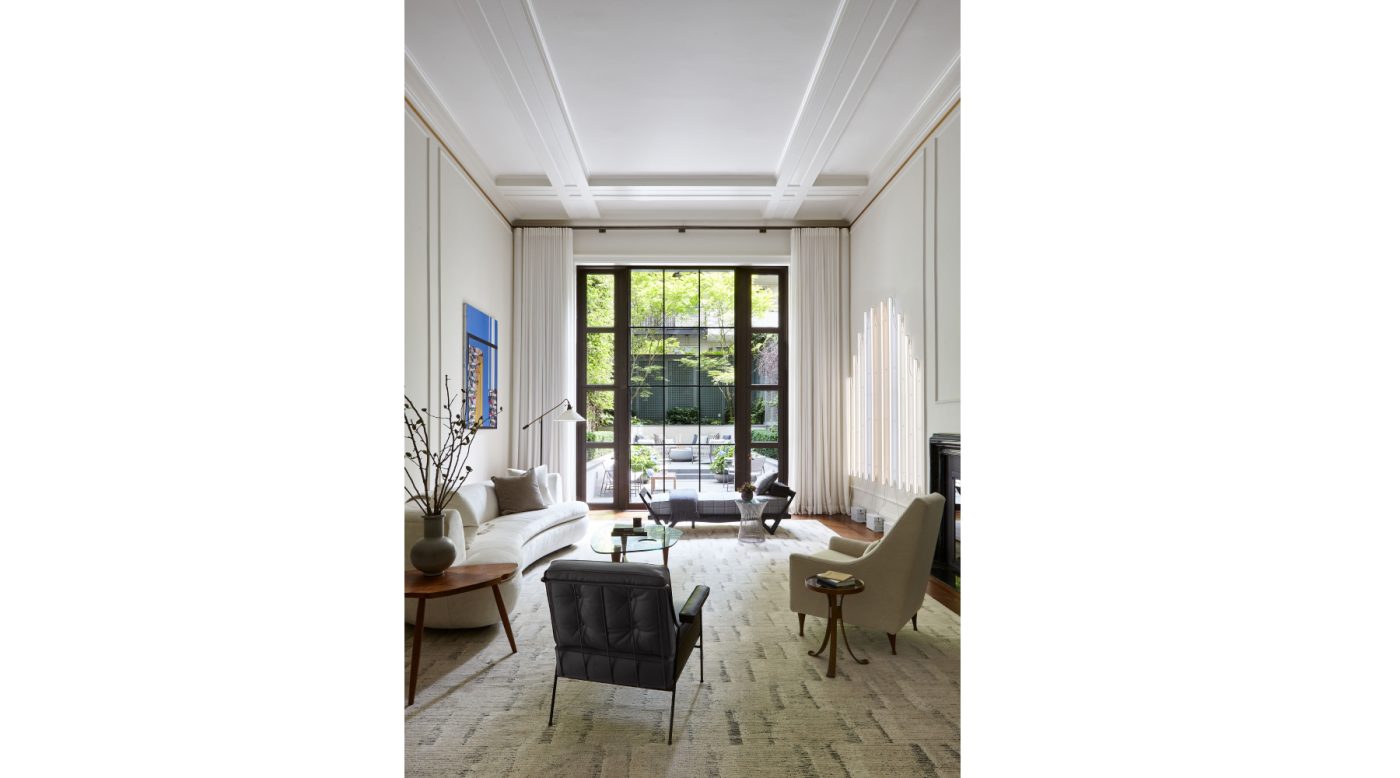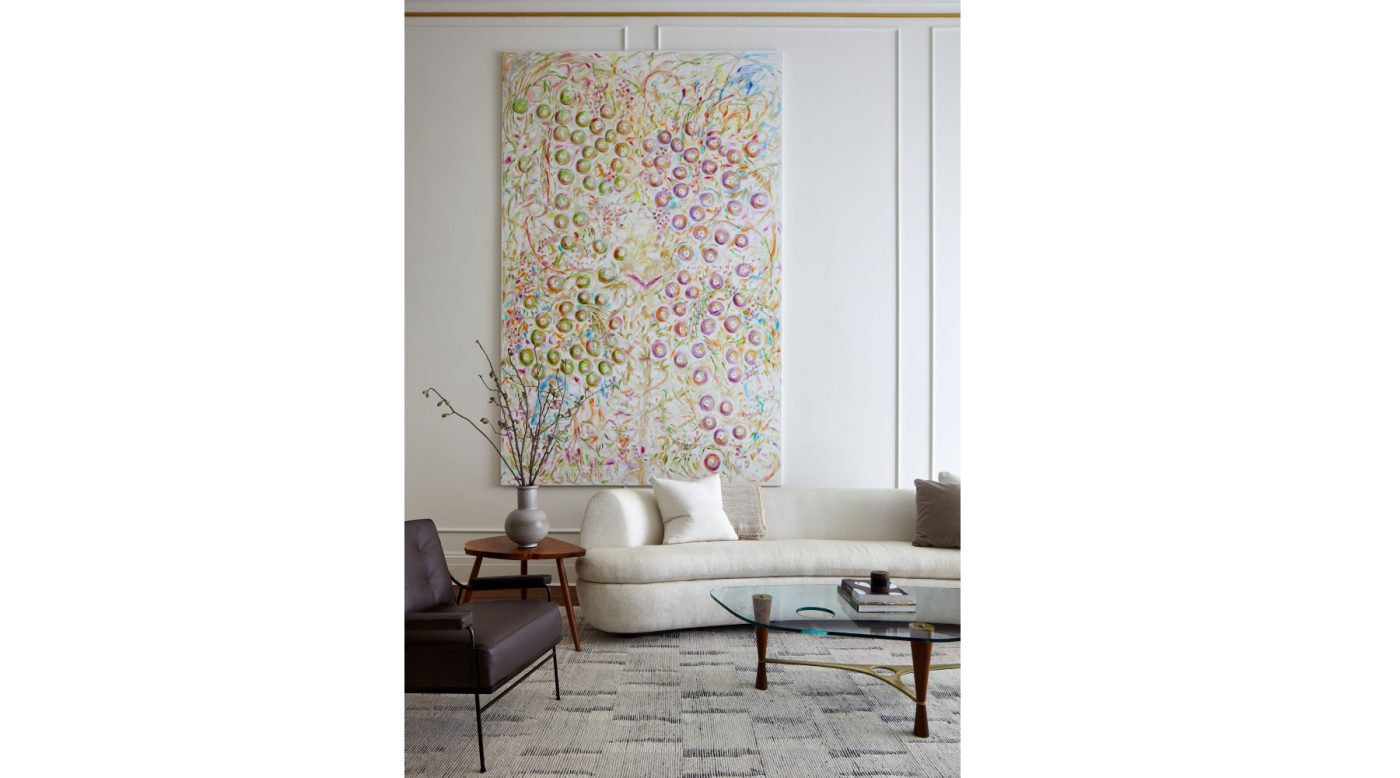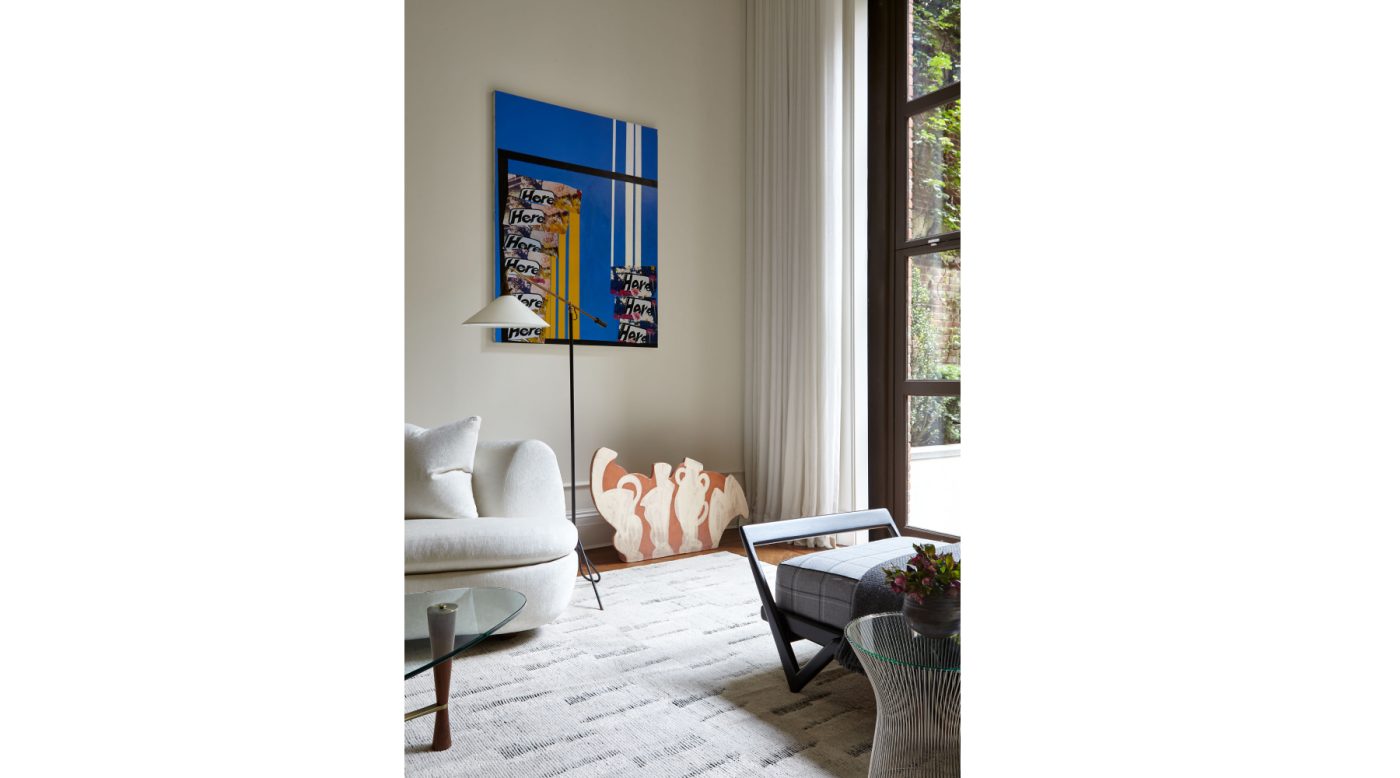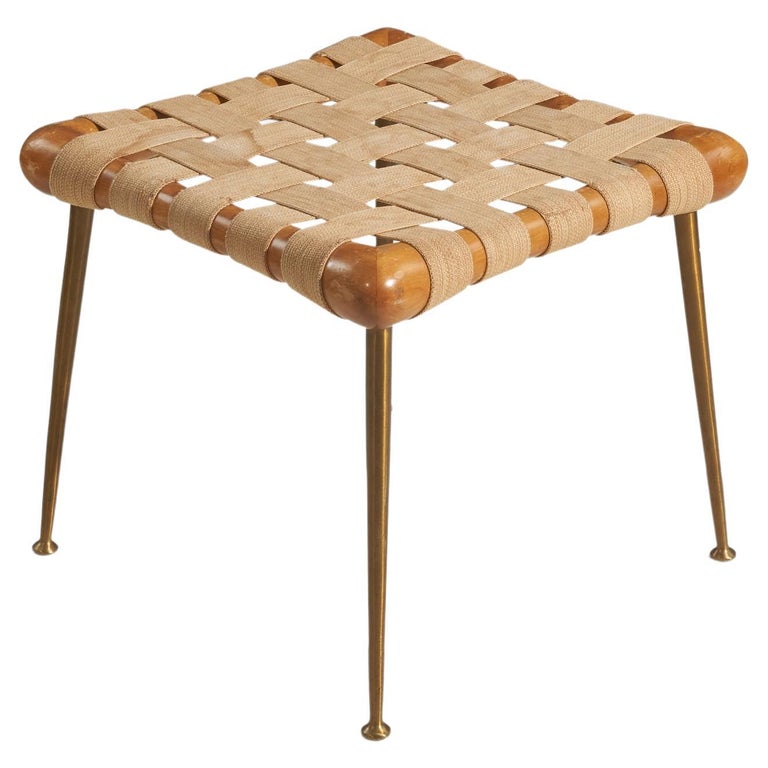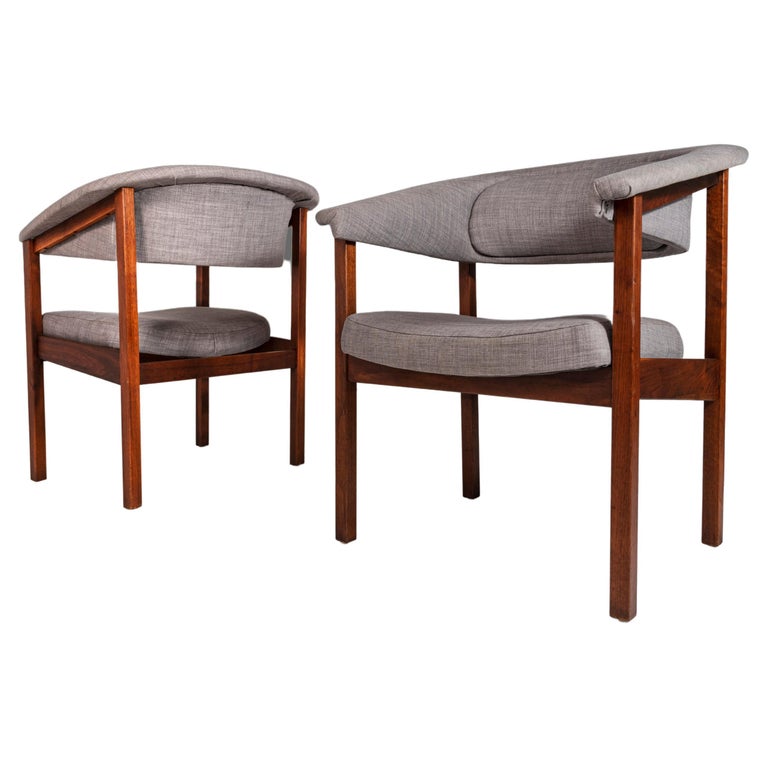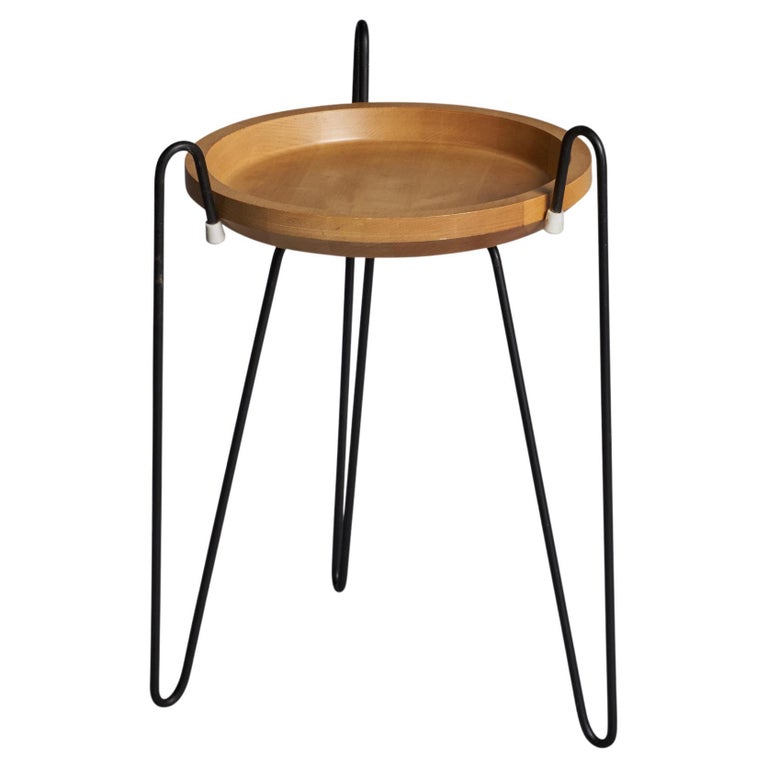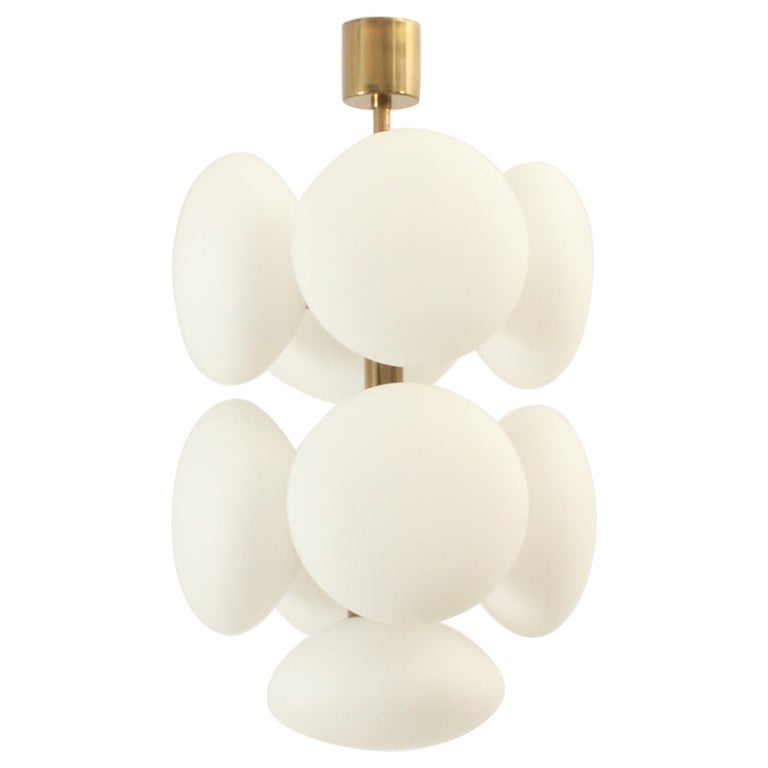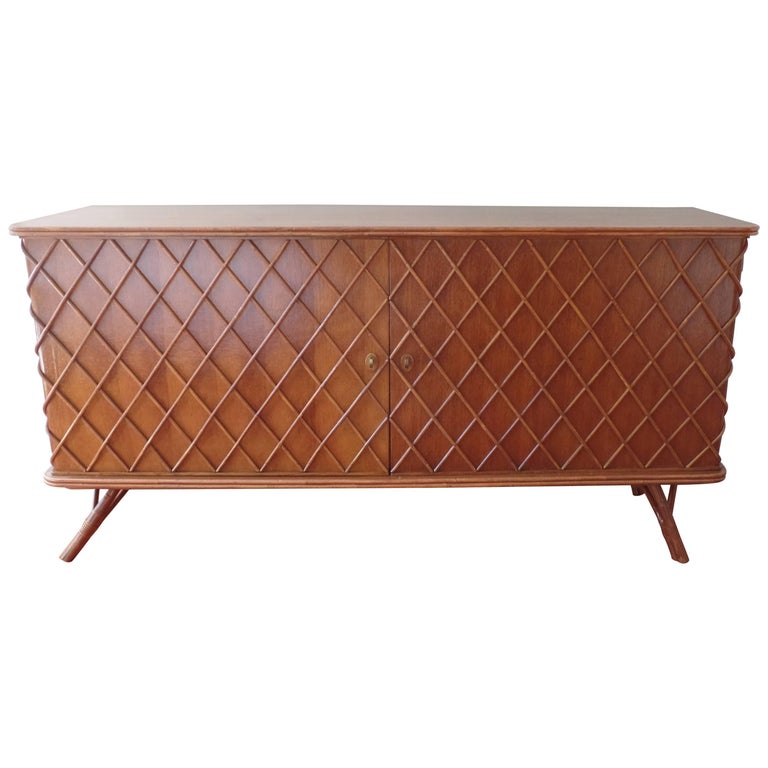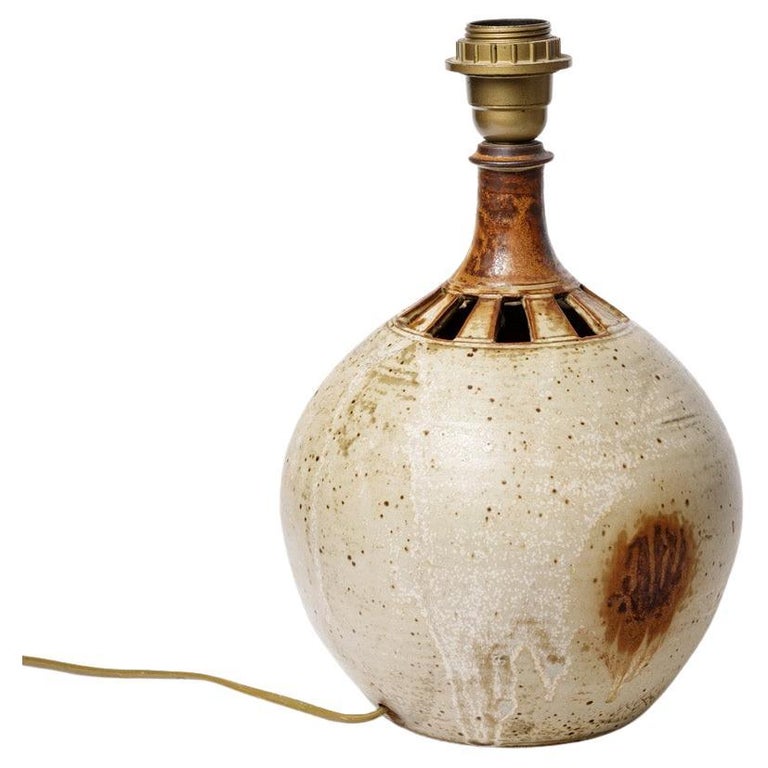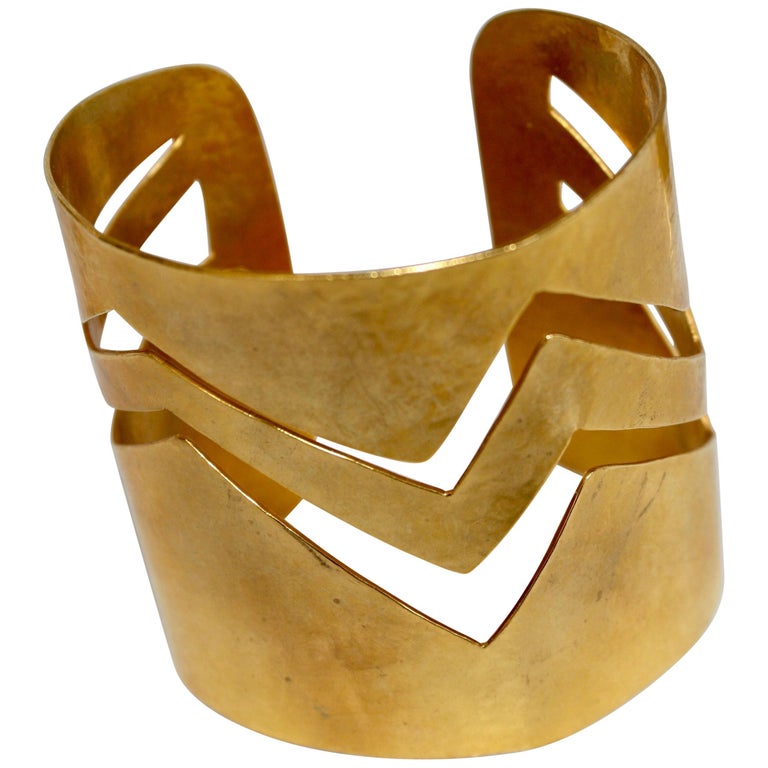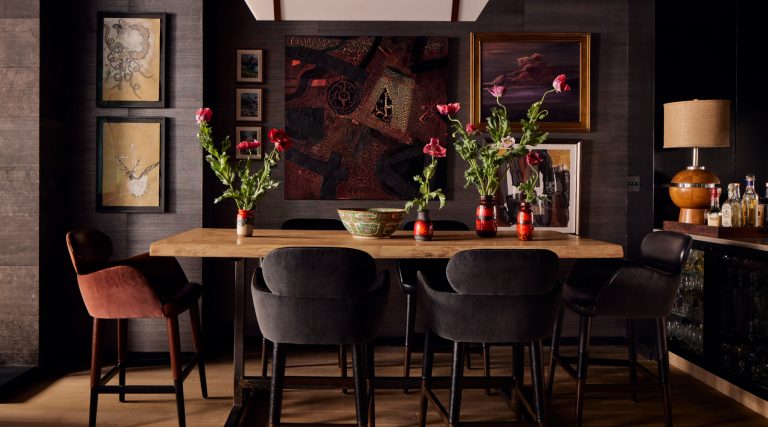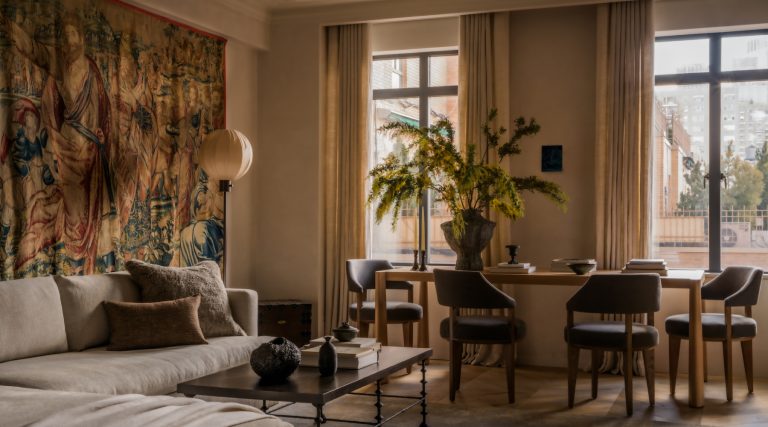March 31, 2024“In high school, when no one cared about suits, I cared about suits,” says Robert Dahdah, a tech executive who owns a townhouse on Manhattan’s Upper East Side. Despite working in a notoriously informal industry, Dahdah has continued to accumulate suits made by favored tailors, some using flannels and tweeds from the centuries-old Fox Brothers and Co. Ltd., of Wellington, England. So, when it came time to dress the interiors of his house, he suggested that his designers, Liz Slutzky and Joanna Jones, of Torus Interiors, consider using suiting fabric. They ended up upholstering Dahdah’s bed in a Fox houndstooth and employing suiting in half a dozen other places in the townhouse. “It felt very personal and very appropriate,” Jones says. “It’s a cheeky nod to the bespoke side of him.”
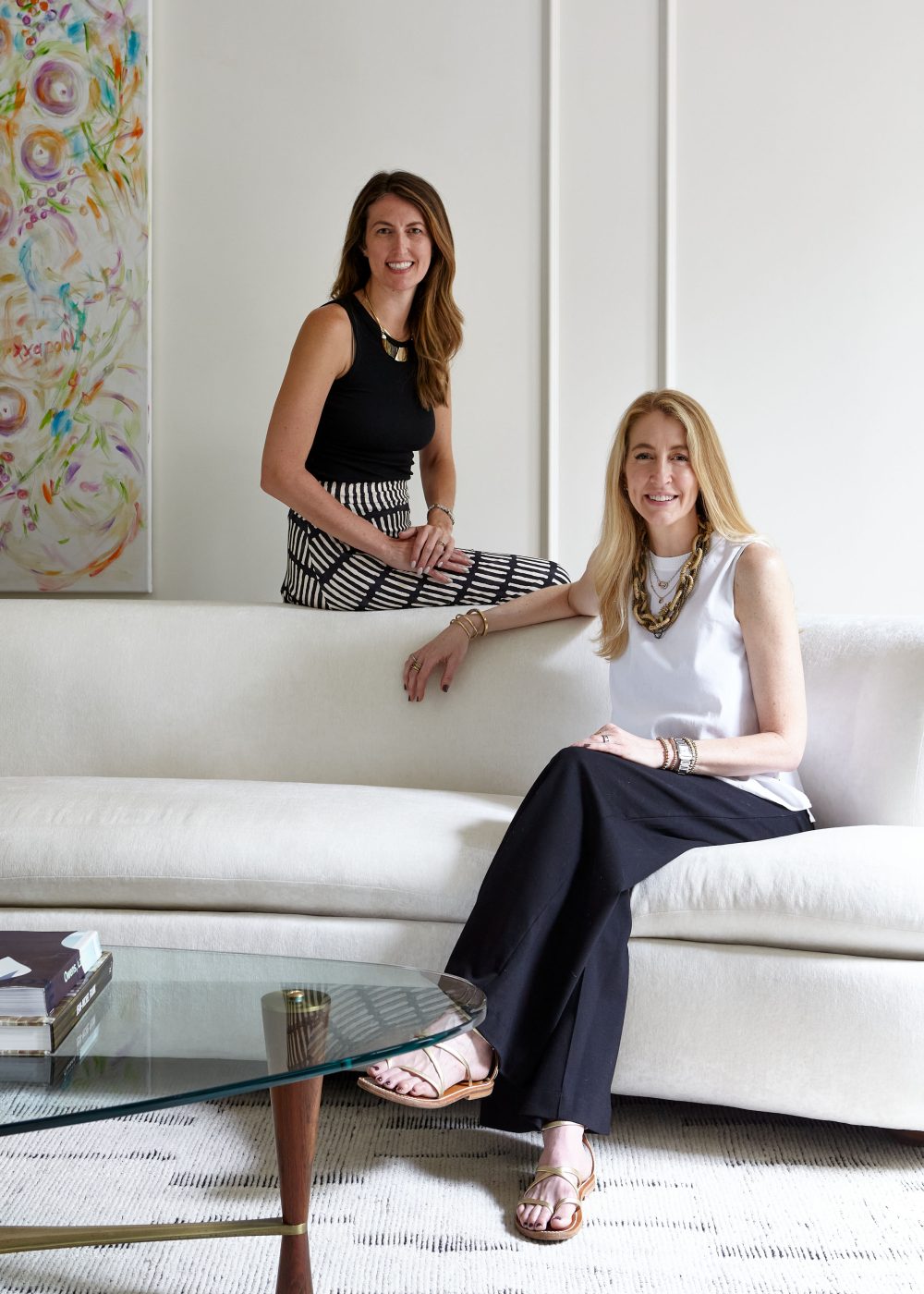
The Torus partners know how to accommodate clients’ interests without losing sight of their overall aesthetic goals. In Dahdah’s case, that meant not just working with suiting but also curating his collections of everything from silver cocktail shakers to handmade wooden boxes from Burma. “I’ve accumulated a lot of things over the years,” he admits. For the items that made the cut, the designers created ingenious custom cabinets and showcases. Dahdah credits them with “bringing cohesion to those aspects of my life.”
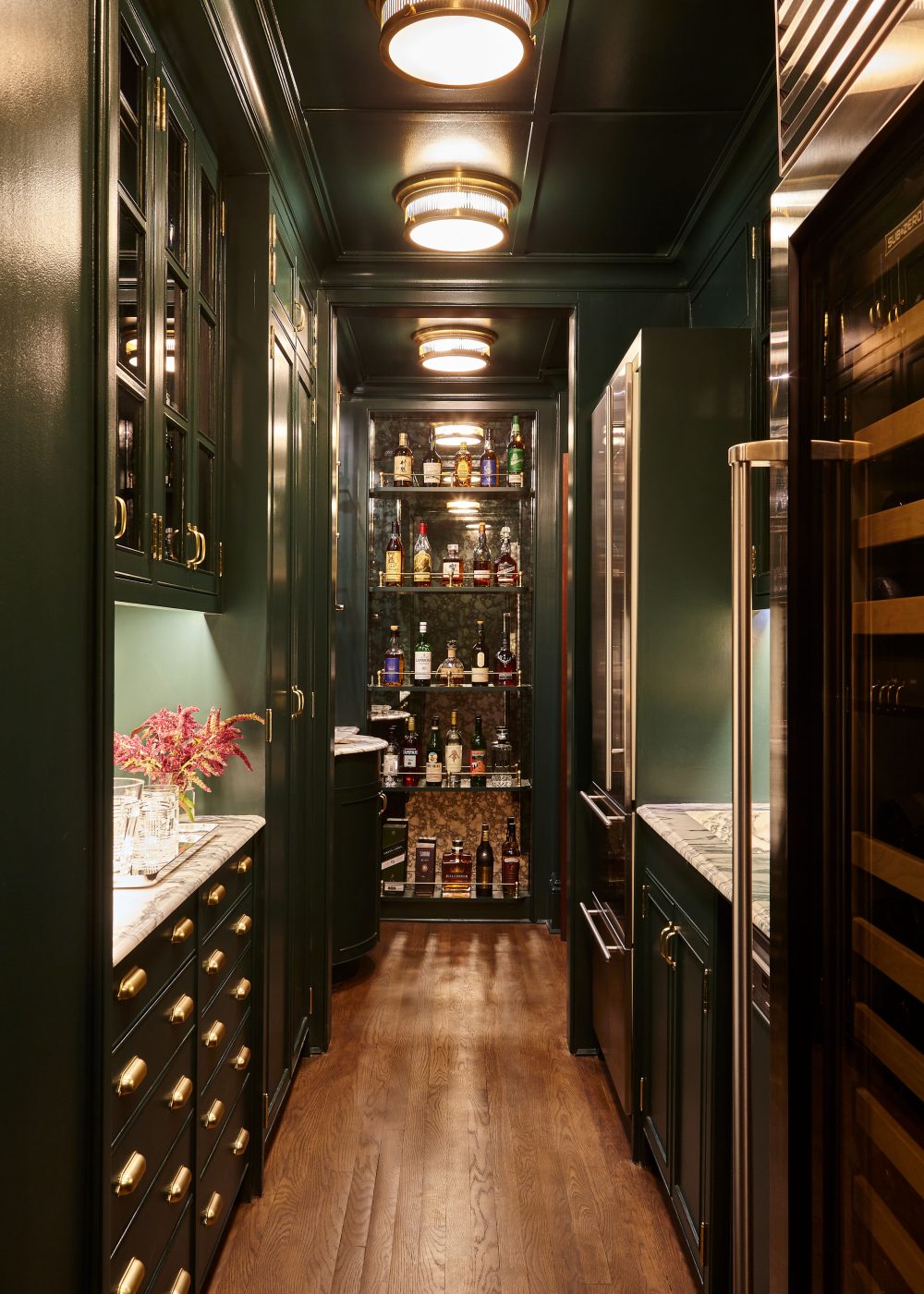
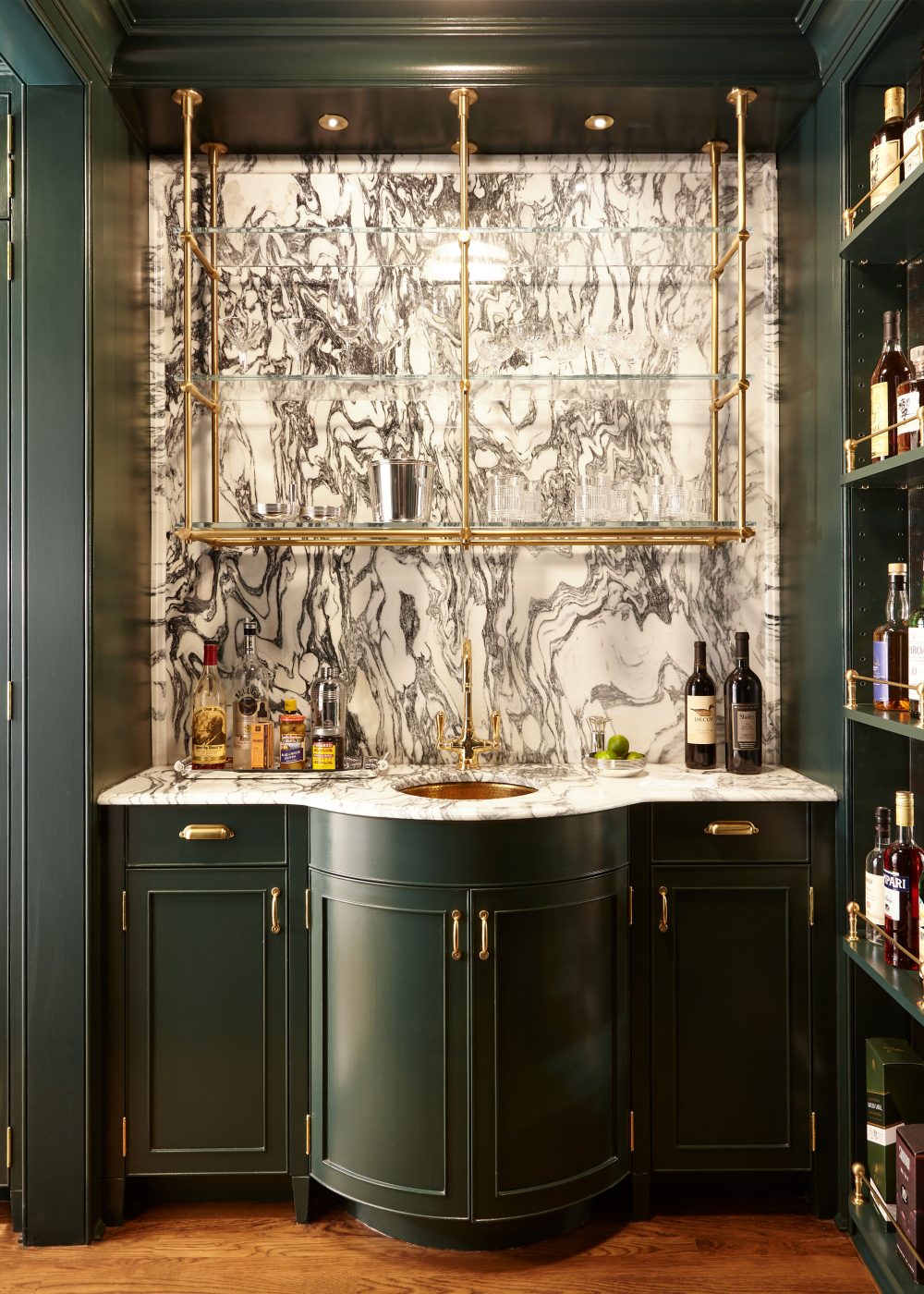
Perhaps most challenging were the hundreds of bottles of whiskey, from the U.S., Scotland and Japan. Slutzky and Jones transformed an old service kitchen, tucked neatly between the dining room and library, into a bar and butler’s pantry with room to display at least 40 bottles of the amber liquid. The room’s other attractions are the countertop and massive backsplash made of Fantastico Arni, perhaps the most marbled marble around. “We wanted to make it a destination,” Jones says of the small, but now spectacular, space.
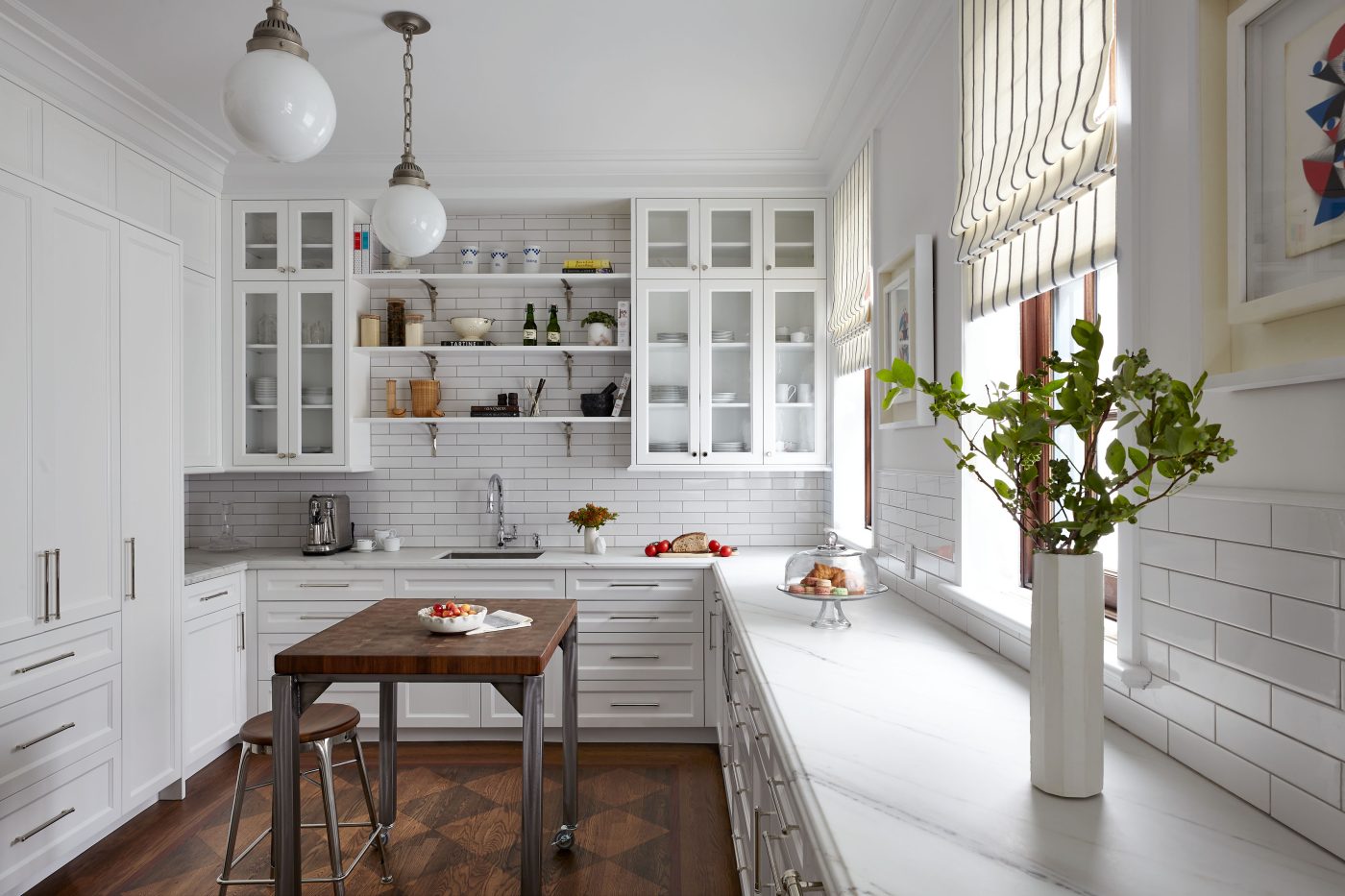
By comparison, the house’s actual kitchen is subdued. Its marble surfaces are barely veined at all. Pendants from Urban Electric and an island designed by Torus with a walnut butcher-block top provide a bright, efficient working environment. That’s enough for Dahdah, who rarely cooks.
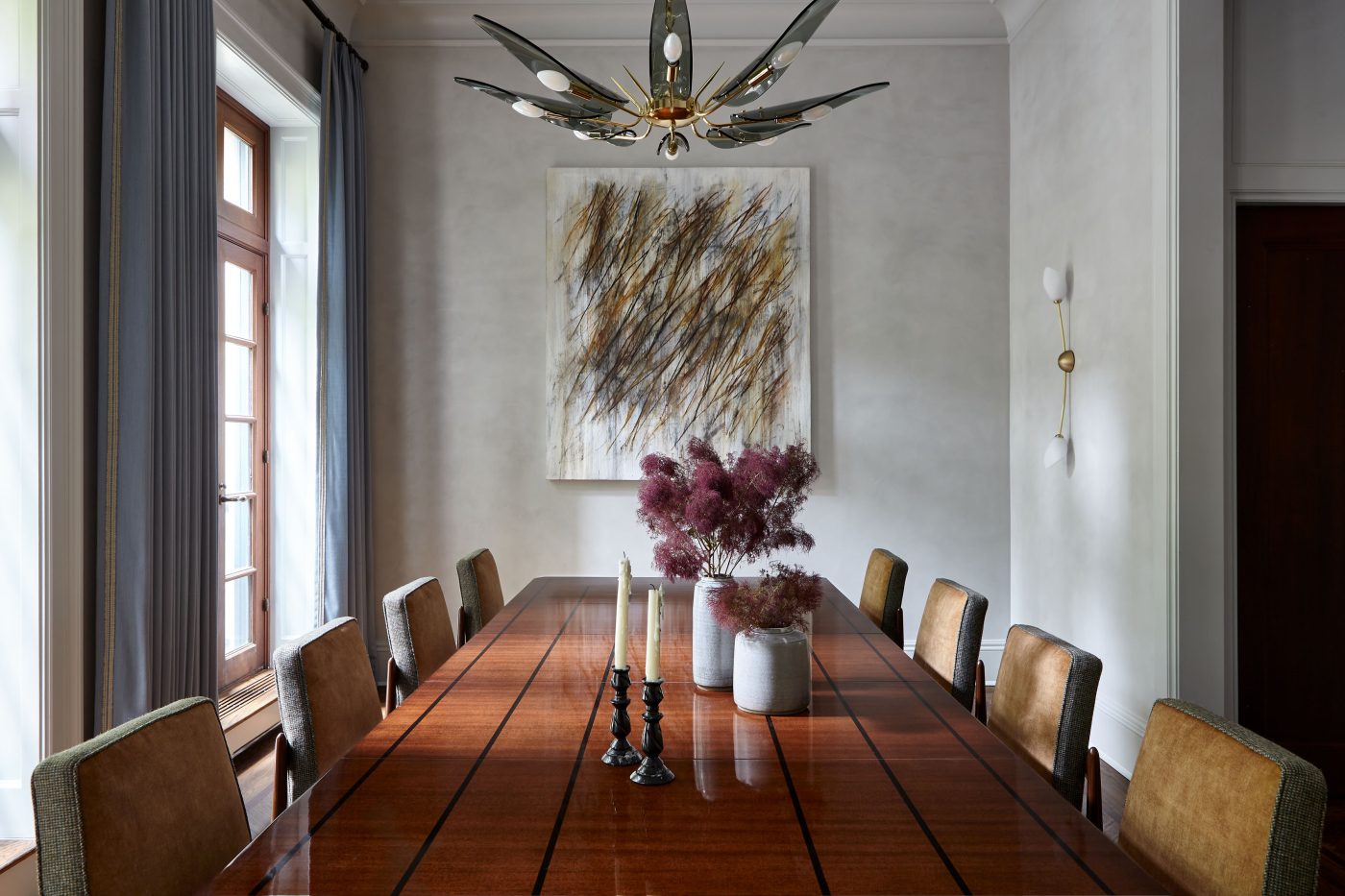
But he does entertain. So, the designers made the dining room especially elegant, covering its walls in Venetian plaster, which gives them “movement and reflectivity,” Slutzky says. And they surrounded a vintage Tommi Parzinger mahogany table with a group of mid-century Brazilian chairs, their backs covered in suiting fabric. The table, the chairs and a vintage Fontana Arte chandelier were all bought on 1stDibs.
For both the designers and their client, respecting the existing architecture was important. What was once a modest brick row house was redesigned by architect Peter Pennoyer in the 1990s, and he gave it an impeccable neoclassical facade. Inside, he created a sprawling double-height gallery space for the then homeowners’ art collection. Slutzky and Jones didn’t touch the exterior and were often quite deferential with the interiors. They decided to keep the gallery as a gallery and added picture-frame molding on the walls. While Dahdah and his art adviser, Heather Flow, chose the paintings and sculptures for the room, the designers selected furniture with provenance, nearly all of it from 1stDibs. A creamy, curved sofa embraces a rare Edward Wormley rosewood and glass coffee table. Elsewhere, a small Wormley side table perches next to a Paul McCobb high-back chair. And a George Nakashima side table accompanies a leather Milo Baughman side chair. The designers’ goal was to “make it feel like every piece was placed there very purposefully,” says Jones, adding, “It is meant to feel like a collection, like each piece has its own identity and background and together they make something special.”
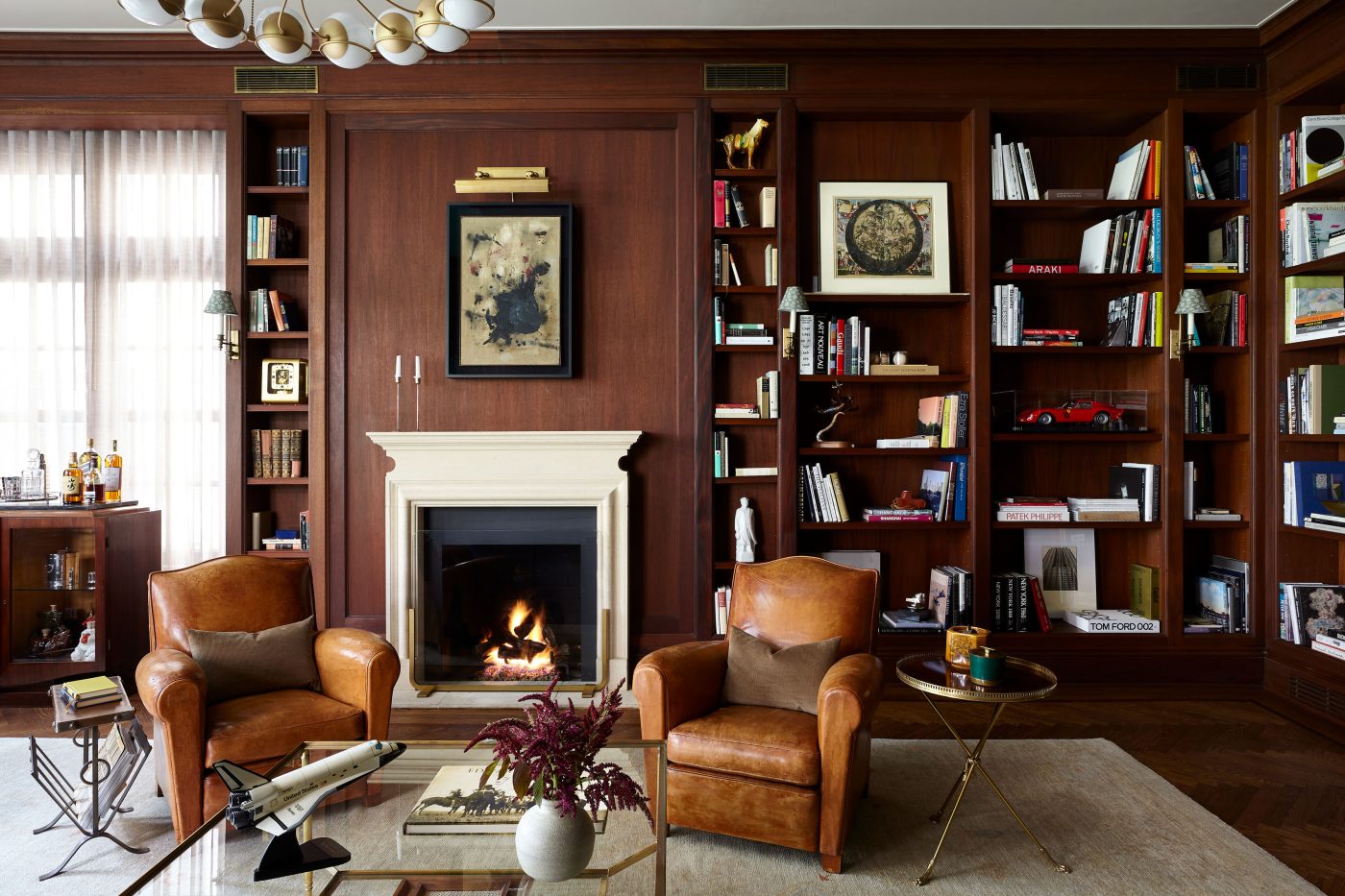
Another room that required a lot of attention was the den. To make sure it could accommodate an overnight guest stylishly, the partners designed a convertible sofa inspired by Jean-Michel Frank. The ottoman is covered in suiting fabric, as are the walls. A dramatic vintage Murano glass fixture — another 1stDibs find — draws all eyes upward. In the library, the designers kept Pennoyer’s sweep of mahogany shelves and paneling. But they updated a vintage chesterfield sofa, purchased on 1stDibs, by giving it a squared-off look. A pair of 1930s French leather club chairs, also from 1stDibs, retain their curves. The client’s workspace, in a corner of the room, features a desk by T.H. Robsjohn-Gibbings and a green leather Jacques Adnet desk chair.
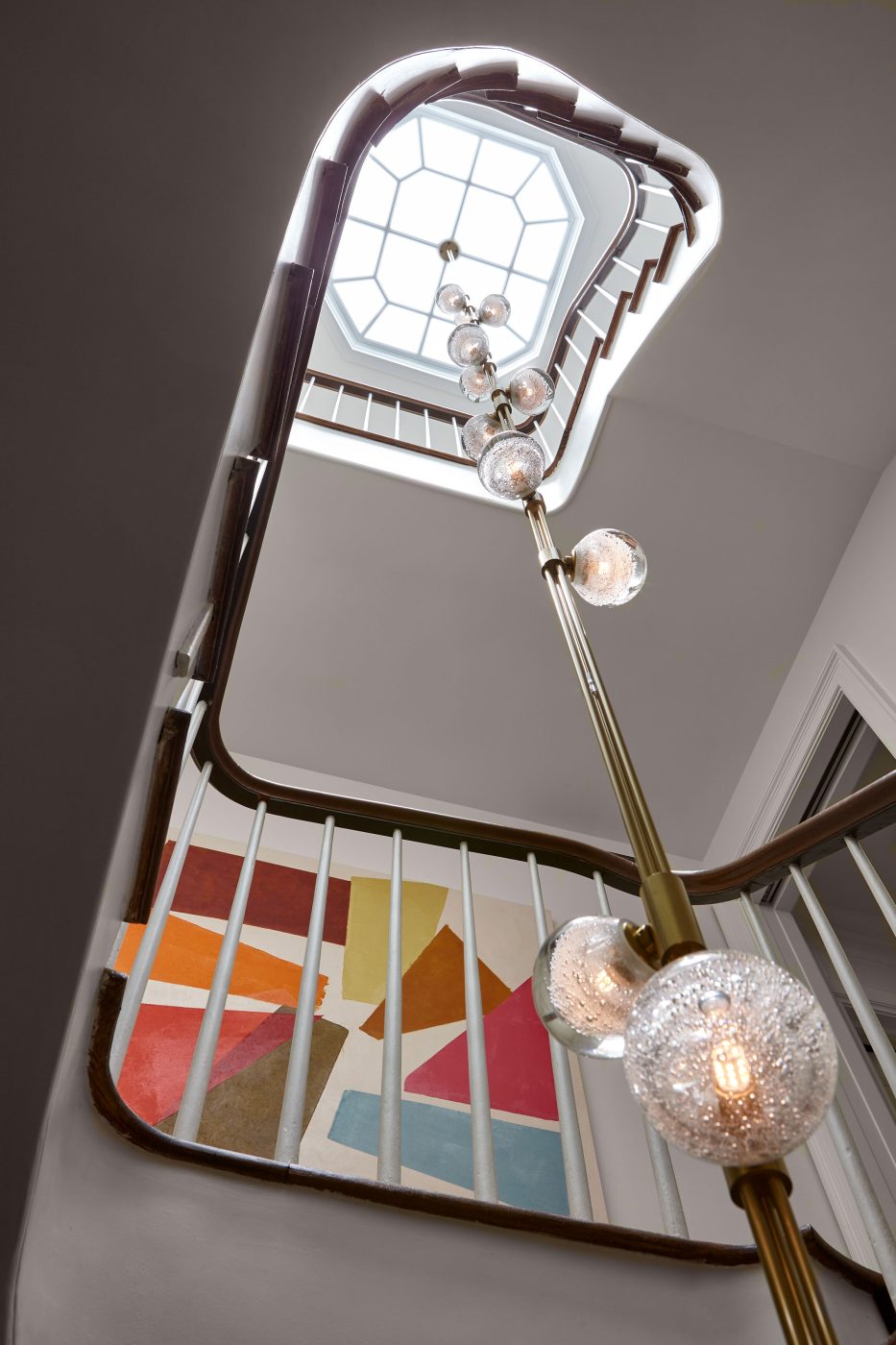
The house has three more floors, which may make the stairwell one of its most important spaces. To ensure that each level felt connected to the others, the designers worked with the Australian company Articolo Studios to create a hanging fixture 37 feet long, with glass globes projecting out onto each floor. In terms of width, “we had maybe thirty-six inches to work with,” Slutzky says, making it even more amazing that they were able to craft a fixture packing so much power. Says Dahdah, “It defines the whole house.”

Upstairs in Dahdah’s bedroom, panels of moody blue-gray wool cover the walls. A vintage Swedish chandelier illuminates the custom-upholstered bed and the custom nightstands of rosewood and parchment. The main bathroom boasts a dramatic vanity with a brass and mahogany base. The sinks, the countertops and the backsplash were made from a single slab of Calacatta Gold marble. “We definitely measured a few times before we cut,” Jones says.
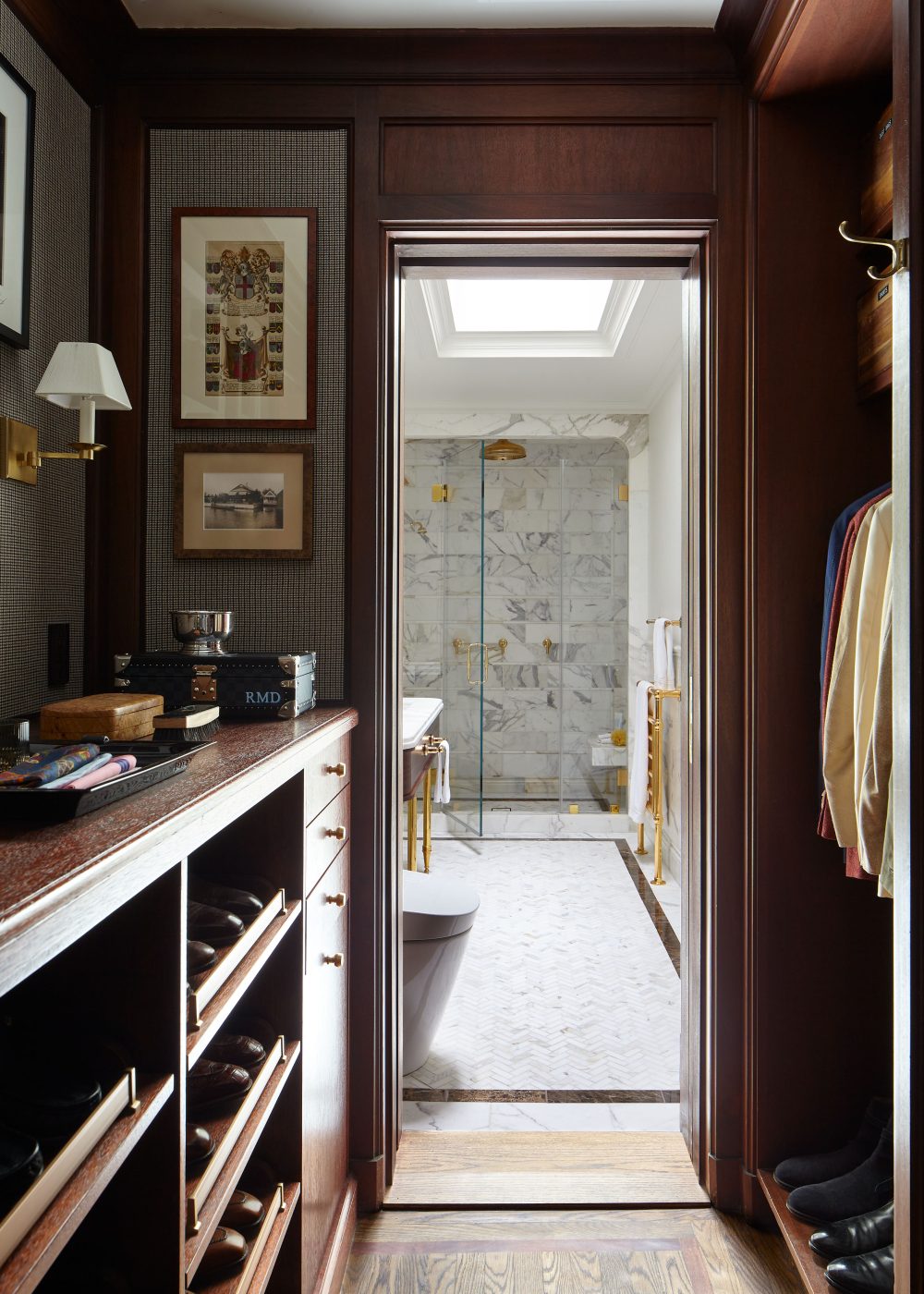
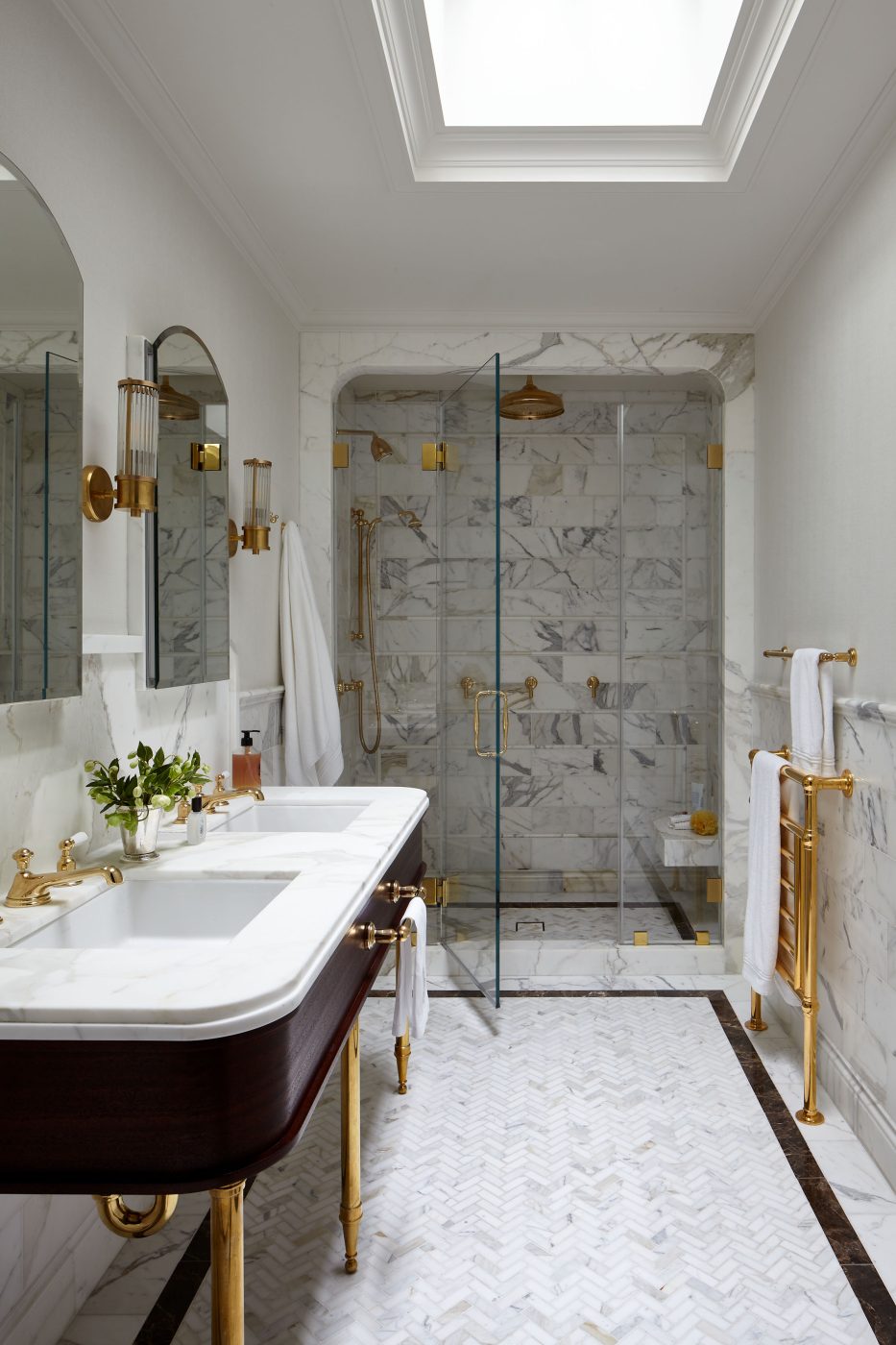
Jones and Slutzky founded Torus Interiors in 2018. Jones, who is from Texas, studied at the Parsons School of Design before beginning her design career at Studio Sofield, under the brilliant William Sofield, then founding her own J. Jones Design. For a time, Slutzky worked there as a junior designer. A Florida native, she also worked for Damon Liss Design and Terri Ricci Interiors, where, she says, she developed a knack for managing multimillion-dollar residential projects. In 2018, the two women reunited to form Torus (named, Jones says, for a shape that “embodies strength without sharpness”).
Right now, they are busy with jobs on Nantucket and in Miami and the Hamptons. Almost all the projects involve some amount of renovation. “We prefer that because it’s how we can have the most impact,” Slutzky says. Both women work on every job, an approach they believe clients appreciate. “We think getting two senior designers, two owners working for you is pretty unique,” Slutzky explains. Most of their jobs are now for repeat clients. Some stay very involved throughout the design process, while others prefer waiting for the big reveals. “If you don’t want to see how the sausage is made, you don’t have to,” says Jones. “We can take that away from you.”
For Dahdah, the sausage was made just right. Mostly, he says, “I wanted to walk in the door at night and think, ‘I can’t believe I own this.’ Now I do.”
